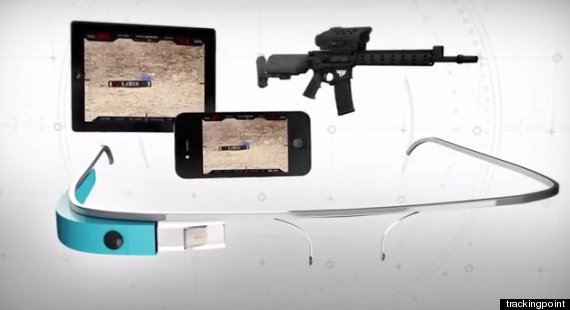The World Cup kicks off in Brazil June 12. How big of a business is soccer’s quadrennial tournament for FIFA (International Association of Federation Football), the sport’s international governing body?
World Cup Brazil will generate $4 billion in total revenue for FIFA, or 66% more than the previous tournament in South Africa in 2010. The vast majority of the money will come from the sale of television and marketing rights. The World Cup generates more revenue for its association than any other sports tournament, save the Olympics (based on revenue per-event-day, the NFL’s Super Bowl reigns supreme). FIFA’s profit for the Brazil World Cup: $2 billion.
Almost all of the revenue FIFA generates comes from television rights ($1.7 billion) and marketing rights ($1.35 billion) from corporate partners like Adidas , Emirates, Sony , Visa V +0.37%, Hyundai and Coca-Cola . Blue chip companies love to throw money at the World Cup because it is followed passionately throughout most of the world.
FIFA research, which took a year to produce after the 2010 World Cup in South Africa, said 909 million television viewers tuned in to at least one minute of the 2010 final at home. Some 619.7 million people also watched at least 20 consecutive minutes of Spain’s 1-0 extra-time win over the Netherlands in Johannesburg. More than 3.2 billion people watched live coverage of the 2010 tournament for a minimum of one minute. The average official rating was 188.4 million for each match.
The 2010 Men’s World Cup drew the most US viewers ever for the tournament. ESPN announced that broadcasts averaged a 2.1 rating (2.29 million households and 3.26 million viewers), a 31% increase over 2006. The final between the Netherlands and Spain was the most-watched men’s World Cup game with 15.6 million viewers.
World Cup as sports content is getting richer. Last month Fox Sports won the US English-language rights for 2018 (Russia) and 2022 (Qatar), beating out bids from ESPN and NBC. ESPN bought the rights for the 2010 and 2014 rights for $100 million. While official figures for the new television deal have not been officially released, John Ourand of Sports Business Journal was told Fox may have paid between $400 million to $500 million. That is quite plausible since Univision bought the U.S. Spanish rights for $425 million for the last two World Cups.
Still, the business of the World Cup is not cheap to operate. For Brazil, FIFA will make total payments of $576 million to the participating member associations, the clubs of participating players and for the club protection program, 37% more than the World Cup in South Africa for years ago. The biggest lion’s share of the payments will go towards a record $70 million ofprize money, 75% more than the 2010 competition. The 2014 World Cup winners will receive $35 million, while the 16 teams that are eliminated in the group stage will each collect $8 million. Taking into account the total number of teams, players and the duration of the World Cup, the per-player, per-day amount will be $2,800 in Brazil.
There growth in the business of the World Cup is expected be robust since the late 1990s due to the big jump in broadcasting rights. Television rights outside of the U.S. for the 2002 and 2006 World Cup were sold for $2 billion, a six-fold increase versus the $310 million paid by the European Broadcasting Union, a consortium representing the interests and financial power of Europe’s public broadcasters, for the three tournaments held in the 1990s. Since 1998 (check out slide show), overall World Cup revenue for FIFA has increased 11-fold.
The financial success of the World Cup is great for the sport’s growth. FIFA’s budget for the years 2015-18 is $4.9 billion, of which $2.15 billion is slotted for the 2018 World Cup in Russia. In aggregate, 78% ($3.8 billion) of the $4.9 billion will be directly invested in soccer (development projects, competitions, governance).









